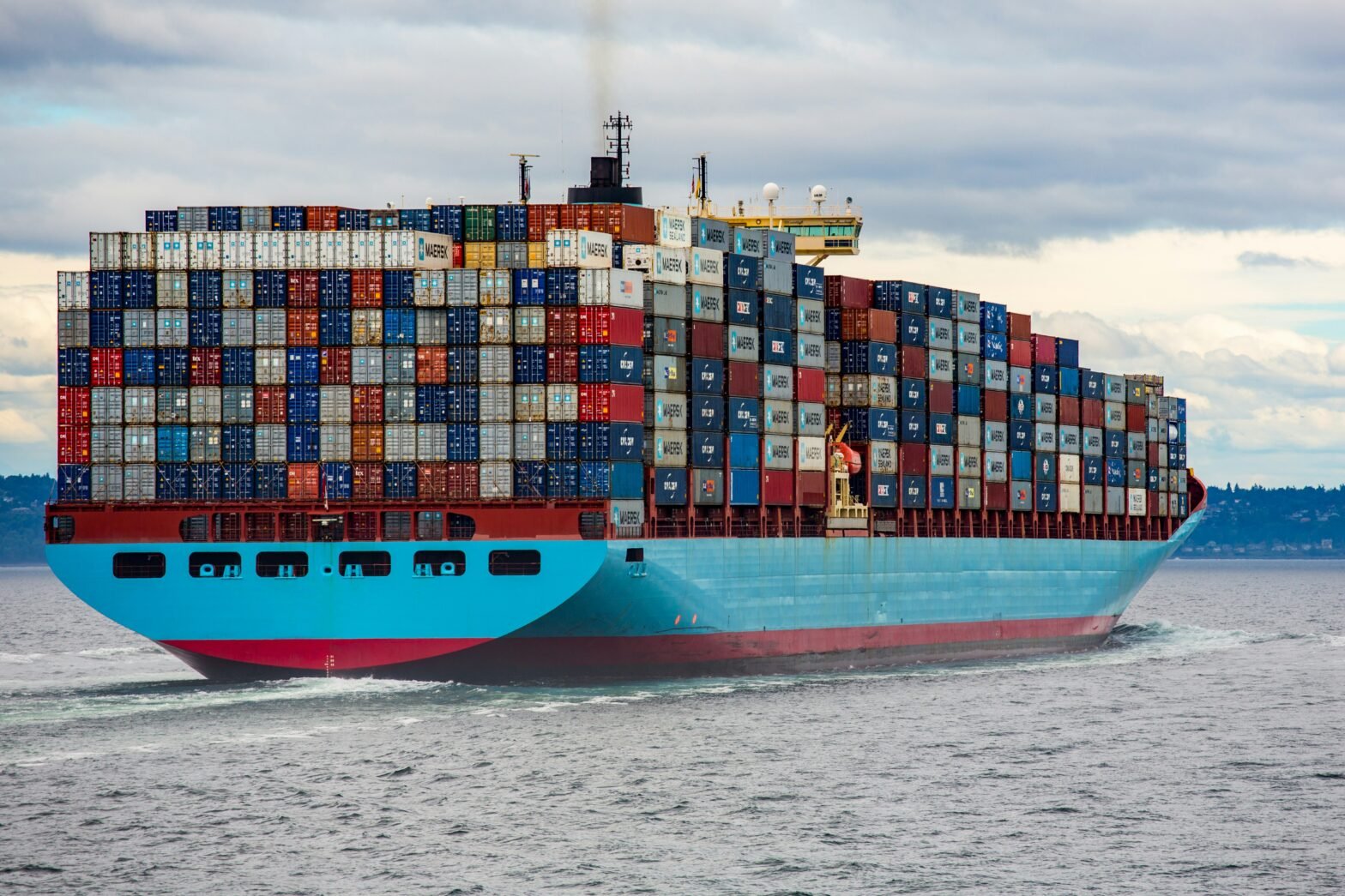Introduction to Docker
Docker is an open-source platform that allows you to automate application deployment, scaling, and management of applications using containerization. It provides an efficient and lightweight way to package and distribute software, along with its dependencies, in a portable and consistent manner. Docker containers are isolated, lightweight, and can run on any operating system, making it easier to develop, deploy, and rSimplifying Application Deploymentun applications across different environments.
Key Concepts in Docker
1. Images
An image is a read-only template that contains everything needed to run an application, including the code, runtime, libraries, and system tools. It is built from a set of instructions called a Dockerfile, which specifies the dependencies and configuration of the application. Images are stored in a registry, such as Docker Hub, and can be pulled and run on any Docker-enabled host.
2. Containers
A container is an instance of an image that can be run as a standalone, isolated process. It provides an environment where the application can run without interfering with other processes or applications on the host system. Containers are lightweight, portable, and can be easily started, stopped, and moved between different hosts running Docker.
3. Docker Engine
The Docker Engine is the runtime that runs and manages Docker containers. It includes the Docker daemon, which is responsible for building, running, and distributing containers, and the Docker client, which provides a command-line interface (CLI) for interacting with the Docker daemon.
Basic Docker Commands
1. docker run
The docker run command is used to create and run a container from an image. It pulls the image from the registry if it is not already available locally, and then starts the container. For example:
docker run hello-world2. docker pull
The docker pull command is used to download an image from a registry without running it. It fetches the latest version of the image by default. For example:
docker pull nginx3. docker build
The docker build command is used to build an image from a Dockerfile. It reads the instructions in the Dockerfile and creates a new image based on those instructions. For example:
docker build -t myapp:latest .4. docker ps
The docker ps command is used to list the running containers. It shows the container ID, image, status, and other details of the running containers. For example:
docker ps5. docker stop
The docker stop command is used to stop a running container. It sends a SIGTERM signal to the container, allowing it to gracefully shut down. For example:
docker stop mycontainer6. docker rm
The docker rm command is used to remove one or more containers. It permanently deletes the specified containers from the host. For example:
docker rm mycontainer7. docker rmi
The docker rmi command is used to remove one or more images. It permanently deletes the specified images from the host. For example:
docker rmi myapp:latestConclusion
Docker is a powerful and versatile tool for containerization, allowing you to package and distribute applications in a consistent and portable way. It simplifies the deployment and management of applications, making it easier to develop and run software across different environments. By understanding the key concepts and basic commands of Docker, you can start leveraging its benefits and explore its full potential.


Leave a Reply